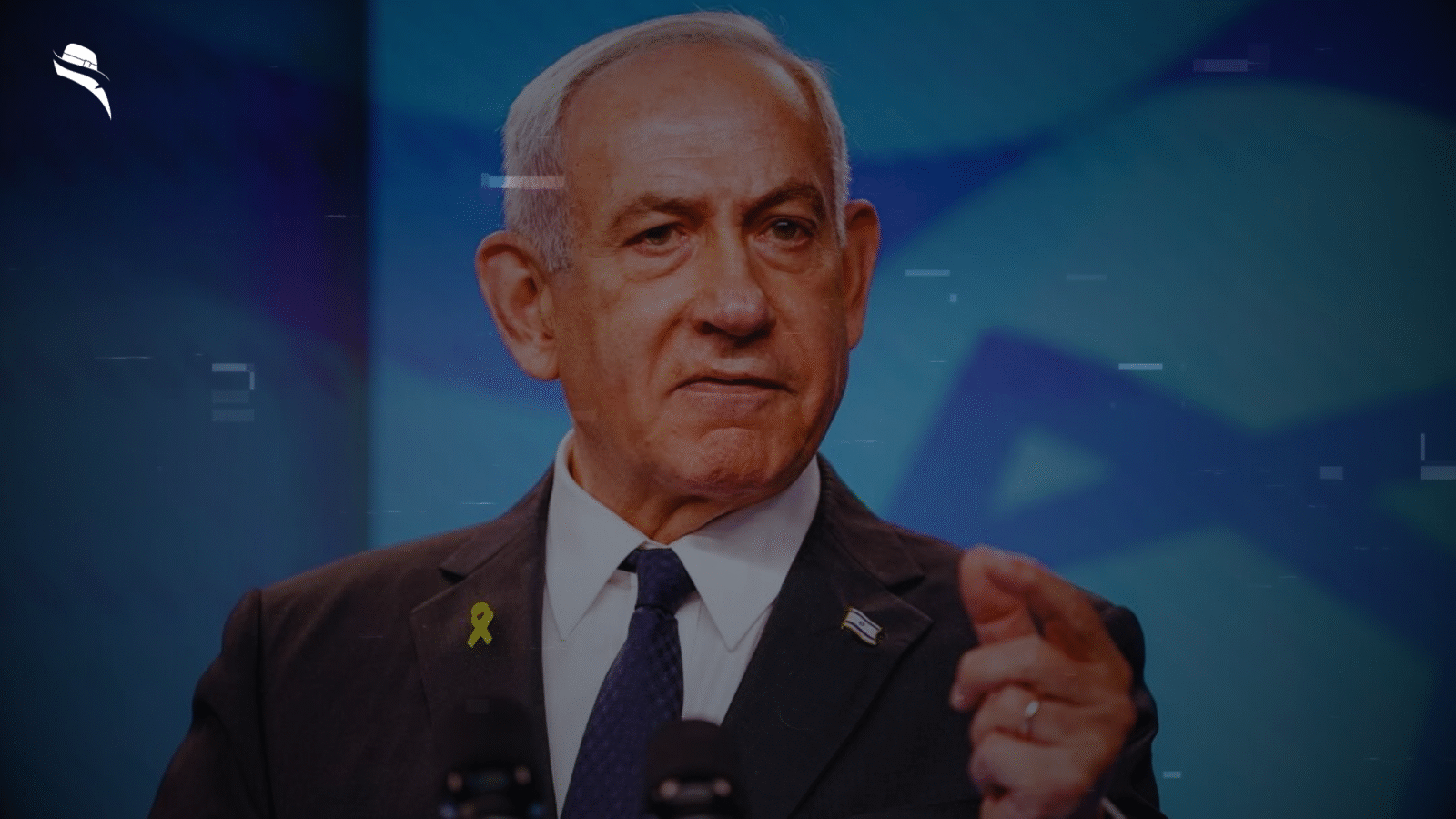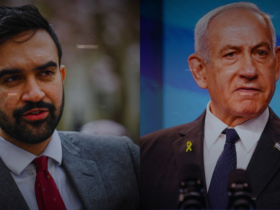The fragile ceasefire in Gaza was shattered on Tuesday night when Israeli forces launched a wave of Gaza airstrikes across the territory, killing at least 33 Palestinians. Less than three weeks after President Trump brokered a peace agreement between Israel and Hamas, violence erupted once again in multiple locations, including Gaza City and Khan Younis.
According to Gaza’s Hamas-run Civil Defense agency, the casualties included women and children. In response to the escalation, Israeli Defense Minister Israel Katz stated that Hamas would “pay a heavy price” for allegedly attacking Israeli troops in Gaza and breaching the terms of returning deceased hostages. The recent violence comes after a period when progress seemed possible—all 20 living Israeli hostages were released on October 13 in exchange for 250 Palestinian prisoners and 1,718 detainees from Gaza. Though Israel has returned the bodies of 195 Palestinians, the remains of 13 Israeli hostages are still held by Hamas, a point of significant tension that contributed to this latest breakdown in the peace process.
Netanyahu orders Gaza Airstrikes after alleged Hamas ceasefire breach
Israeli Prime Minister Benjamin Netanyahu ordered “powerful strikes” against Gaza on Tuesday following what he claimed were multiple violations of the ceasefire agreement by Hamas. The directive came after Israeli officials reported Hamas militants had fired a rocket-propelled grenade and shots at troops in southern Gaza.
Furthermore, Netanyahu cited issues with hostage remains as another violation, claiming a coffin handed over by Hamas did not contain the body of an additional deceased hostage but rather remains of Ofir Tzarfati, whose body Israeli forces had previously recovered in late 2023.
Hamas immediately denied responsibility for the attacks in Rafah, stating it had “no connection to the shooting incident” and affirming its commitment to the agreement. The group subsequently announced it would postpone returning another hostage’s body “due to violations” by Israel.
Despite these tensions, mediators were reportedly holding ceasefire talks with Hamas early Tuesday morning, precisely when the surprise Israeli strikes began. The original ceasefire plan included three phases, with the first phase ending 16 days earlier. Hamas claimed Israel broke the deal by refusing to move to the scheduled second phase, which would have led to a permanent ceasefire and complete hostage return.
Instead, Israel proposed extending the first phase by 30-60 days to allow for more hostage exchanges, a proposal Hamas rejected. Critics suggest Netanyahu never intended to proceed to the second phase, which would have required Israeli withdrawal from Gaza.
Israeli strikes kill 33 Palestinians across Gaza
The deadly airstrikes across Gaza have resulted in a mounting civilian death toll since Tuesday evening. According to local hospital officials, at least 60 people—more than half of them children—were killed in the Israeli bombardment. The Gaza Civil Defense Agency reported 50 fatalities, including 22 children, along with approximately 200 wounded.
Medical facilities throughout Gaza have been overwhelmed with casualties. Aqsa Hospital in Deir al-Balah received at least 10 bodies overnight, including six children, after two airstrikes hit the central city. Moreover, Nasser Hospital in southern Khan Younis reported 20 fatalities following five separate Israeli strikes, with 13 of the dead being children. Additionally, Al-Awda Hospital in central Gaza received 30 bodies, 14 of whom were children.
Mahmud Bassal, spokesman for Gaza’s Civil Defense Agency, called the strikes “a clear and flagrant violation of the ceasefire agreement” and described the situation as “catastrophic and terrifying”. The heaviest bombardment appeared to focus on Gaza City, according to witness accounts.
The strikes targeted multiple locations throughout the enclave—including the courtyard of al-Shifa hospital, the Sabra neighborhood south of Gaza City, as well as areas in Khan Younis and Deir al-Balah. Initial reports indicated casualties in Gaza City included four people killed when a residential building was struck.
US and international actors downplay escalation
Despite the deadly airstrikes, US Vice President JD Vance characterized the situation as merely containing “little skirmishes here and there,” insisting “the ceasefire is holding”. This assessment came even as the death toll mounted across Gaza.
The White House confirmed Israel had notified the US before launching strikes. Press Secretary Karoline Leavitt stated that “Hamas, the Houthis, Iran, all those who seek to terrorize… will see a price to pay”. Meanwhile, Secretary of State Marco Rubio defended Israel’s right to strike “if there’s an imminent threat”.
Behind the scenes, tensions exist between Trump and Netanyahu. According to reports, Trump felt “personally betrayed” by an earlier Israeli strike on Doha that harmed US interests, concluding the Israeli government was “getting a little bit out of control”.
International reactions varied significantly. Turkey called the strikes a “flagrant violation of the ceasefire”, while Egypt described them as a “dangerous escalation”. Qatar condemned the attacks, warning they would “ignite the region”. UN Secretary-General Antonio Guterres expressed shock at the casualties.
Nevertheless, the US military is preparing options to deploy up to 200 troops to Israel to support logistics and humanitarian aid flow, although officials emphasized “no US boots on the ground in Gaza”.







1 Comment